Poinsettia scientifically known as Euphorbia pulcherrima, often associated with the holiday season, is a popular plant known for its striking red bracts and green foliage
Care of Poinsettia :
Placement and Lighting : Place your plant in a location with bright, indirect light. Avoid direct sunlight, as it can scorch the leaves and bracts. Keep the plant away from drafts, such as those from doors, windows, and heating vents.
Temperature : Maintain a consistent indoor temperature between 65-75°F (18-24°C). These plants are sensitive to extreme temperature fluctuations.
Watering : Water your plant when the top inch (2.5 cm) of the soil feels dry to the touch. Ensure that the pot has drainage holes to prevent waterlogged soil. Water thoroughly but avoid letting the plant sit in standing water. Discard excess water that collects in the saucer.
Humidity : This plant benefit from a moderate humidity level. To increase humidity, you can place a tray of water near the plant or use a humidifier.
Fertilization : During the holiday season, there is no need to fertilize your plant. If you wish to keep the plant beyond the holidays, you can start fertilizing with a balanced, all-purpose liquid fertilizer at half strength every 4-6 weeks during the growing season (spring to early fall).
Pruning and Deadheading : After the holiday season, you can prune your plant to encourage bushier growth. Cut back the stems to about 4-6 inches (10-15 cm) above the soil. Remove any faded or spent bracts and flowers to improve the plant’s appearance.
Dark Treatment (Optional) : If you want your plant to rebloom with colorful bracts for the next holiday season, you can provide a period of extended darkness starting in mid-September. Place the plant in complete darkness for about 12-14 hours each night for 8-10 weeks. During the day, it should receive bright, indirect light. This darkness treatment is crucial for initiating bract coloration.
Pest and Disease Management : Check your plant regularly for pests like whiteflies, aphids, or mealybugs. If you notice any, remove them with a gentle stream of water or treat the plant with a suitable insecticidal soap. Keep an eye out for common plant diseases like powdery mildew or leaf spot, and take appropriate measures to manage them if they occur.
Repotting (If Needed) : These plants are often sold in decorative containers, but they may outgrow these pots. If the plant becomes root-bound, consider repotting it into a slightly larger container using well-draining potting soil.
Remember that plants are sensitive to frost and cold temperatures. If you’re growing them outdoors, be sure to protect them from any freezing conditions. With proper care, Poinsettias can continue to thrive and even rebloom for future holiday seasons, providing festive color and cheer to your home.
Characteristics of Poinsettia :
Brilliant Red Bracts : This plant is renowned for its distinctive red, pink, or white bracts, which are often mistaken for flowers. These modified leaves are the plant’s most eye-catching feature, surrounding the true, small, yellow flowers at the center.
Dark Green Leaves : Poinsettia’s dark green leaves serve as a backdrop to the colorful bracts. They are typically oval or lance-shaped, and their glossy appearance contrasts beautifully with the bright bracts.
Compact Growth : These plants are compact, bushy plants that can reach a height of up to 2-3 feet (60-90 cm). They have a well-branched, mounding growth habit, making them ideal for decorative containers or as part of a holiday display.
Seasonal Blooms : These plants are associated with the winter holiday season, particularly Christmas. They typically bloom in late fall and continue through the winter, with their vibrant bracts taking center stage during this period.
Variety of Colors : While red is the most traditional and popular color for Poinsettia bracts, cultivars now come in a wide range of colors, including pink, white, cream, marbled, and speckled variations.
Native to Mexico : These plants are native to Mexico, where they are known as “Flores de Noche Buena” or “Christmas Eve Flowers.” They were named after Joel Poinsett, the first U.S. Ambassador to Mexico, who introduced them to the United States in the early 19th century.
Cultural Symbol : These plants are a symbol of holiday cheer and goodwill. They are often used for decorations in homes, churches, and public spaces during the Christmas season.
Toxicity : These plants are considered mildly toxic to humans and pets if ingested. It’s best to keep them out of reach of children and animals and to handle them with care.
Indoor Plant : These plants are primarily grown as indoor houseplants during the holiday season. They require a well-lit location with indirect sunlight to thrive.
Short-Day Plant : These plants require long, dark nights to initiate their colorful bract production, which is why they are often associated with the winter solstice and Christmas.
Cultivar Varieties : Over the years, plant breeders have developed numerous Poinsettia cultivars, offering a wide range of bract colors and patterns to suit various tastes and preferences.
Poinsettias are a festive and iconic plant that adds a burst of color and holiday spirit to indoor spaces during the winter season. With proper care and the right conditions, they can maintain their vibrant bracts for several weeks, making them a cherished part of holiday traditions.
Uses of Poinsettia :
Holiday Decorations : These plants are often used as festive decorations during the Christmas season. Their vibrant red, pink, or white bracts and dark green foliage make them a popular choice for adding a burst of color to homes, offices, and public spaces.
Gifts : Poinsettias are commonly given as gifts during the holidays. They make thoughtful and decorative presents for friends, family, coworkers, and hosts of holiday gatherings.
Centerpieces : Poinsettias can be used as centerpieces for holiday tables and gatherings. They add a festive touch and create a warm and inviting atmosphere.Wreaths and Garlands : Poinsettias are often incorporated into wreaths and garlands, enhancing the overall holiday decor. They can be combined with other seasonal foliage, such as evergreens and pinecones.
Corporate Decor : Businesses and offices use Poinsettias for holiday decor in lobbies, reception areas, and conference rooms. They help create a festive and welcoming atmosphere for clients, employees, and visitors.
Church Decorations : Many churches use Poinsettias to decorate altars and sanctuaries during the Christmas season. They symbolize the Star of Bethlehem and are an integral part of Christmas services and pageants.
Window Displays : Retail stores often feature Poinsettias in their holiday window displays to attract shoppers and create a cheerful shopping environment.
Community Festivals : Poinsettias are used to adorn community events and festivals celebrating the holiday season. They can be displayed in public parks, town squares, and parade floats.
Indoor Landscaping : Some indoor landscaping designs use Poinsettias to create lush and colorful focal points in atriums, malls, and other large indoor spaces.
Houseplant : Beyond the holiday season, these plants can be grown as houseplants, adding a touch of color and beauty to indoor spaces. With proper care, they can thrive year-round and even bloom again the following year.
Floral Arrangements : These plants are sometimes incorporated into holiday floral arrangements. Their distinctive bracts and bold colors can complement other seasonal flowers and greenery.
Memorial Services : In some cultures, these plants are used in memorial services and ceremonies to remember loved ones during the holiday season.
Conservatories and Botanical Gardens : These may be featured in conservatories and botanical gardens, where they are showcased to the public, providing inspiration and enjoyment.
Overall, Poinsettias are versatile and decorative plants that play a significant role in enhancing the festive and joyful atmosphere of the holiday season. Their bright bracts and lush foliage make them a staple in holiday decor and a symbol of celebration and goodwill.


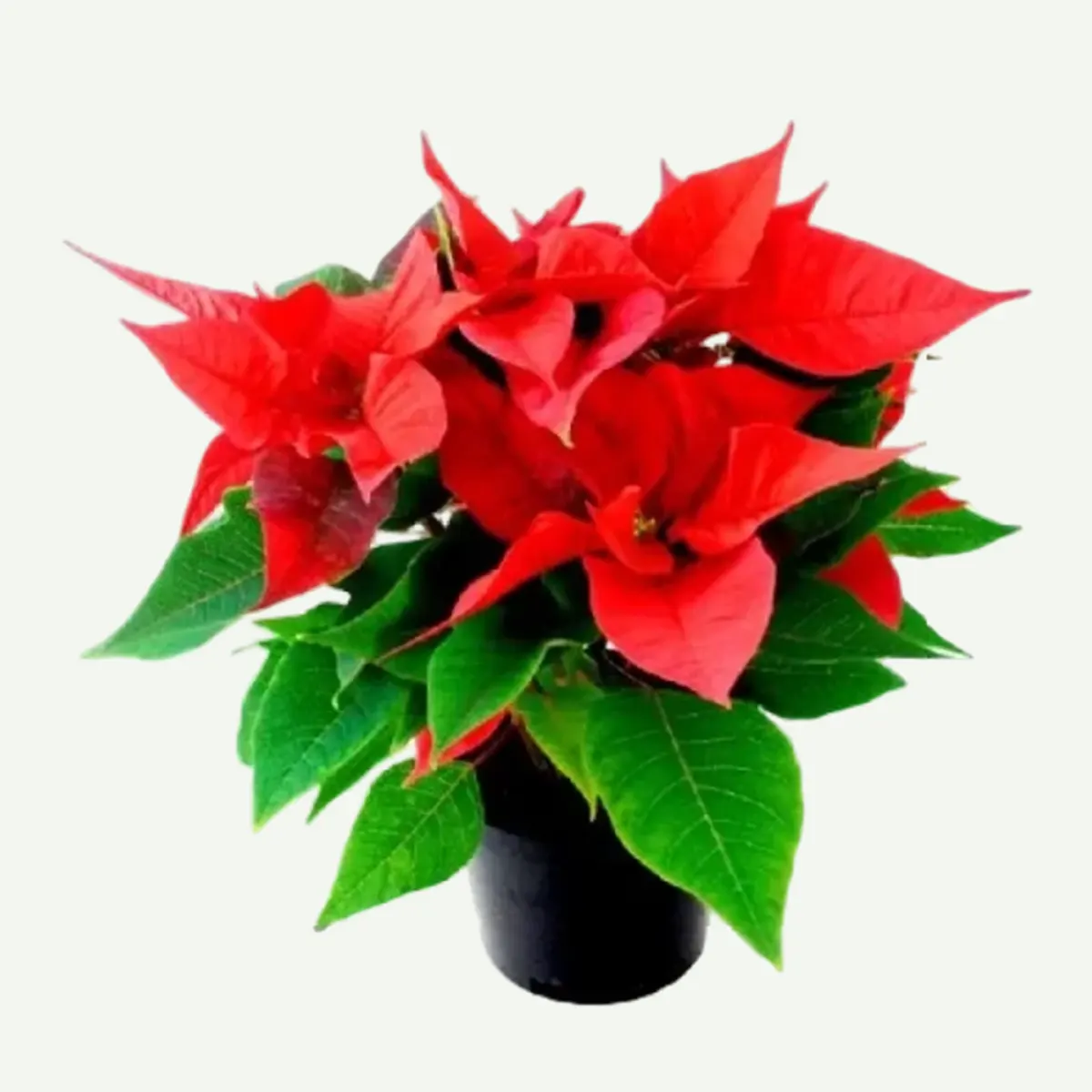

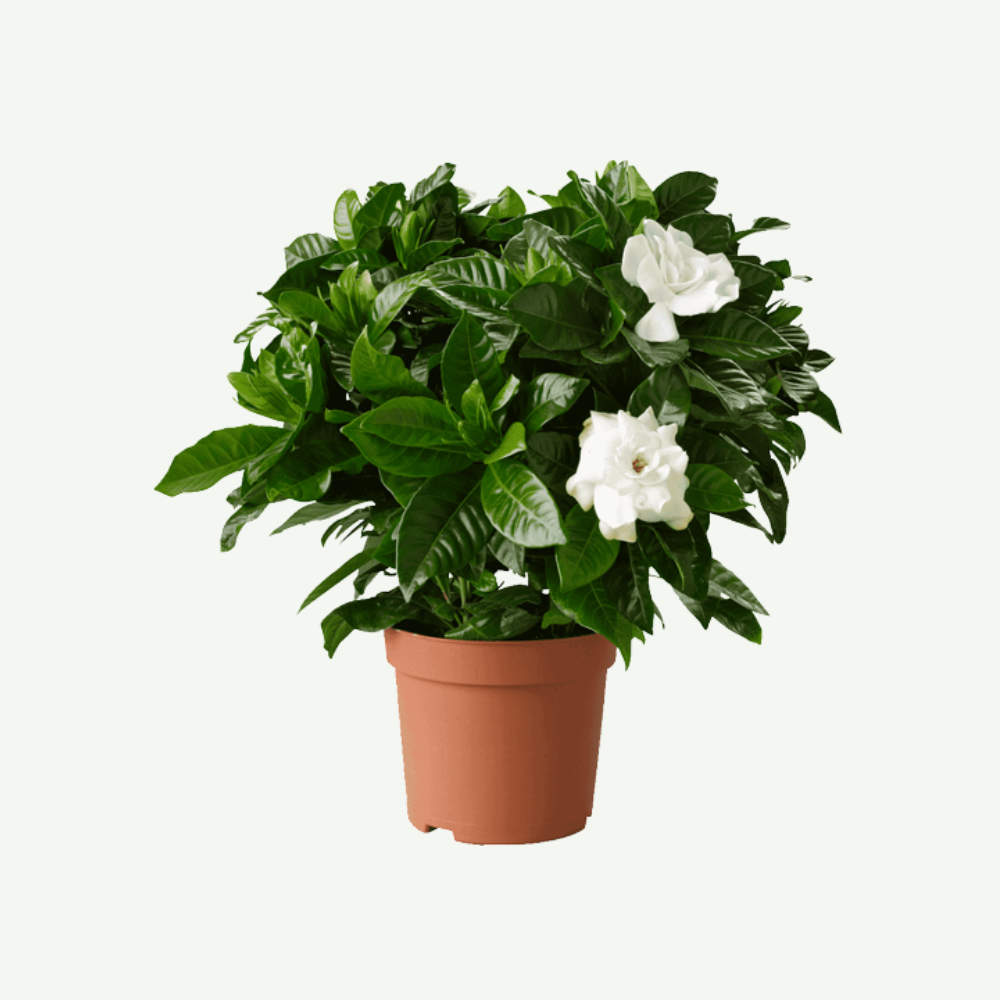
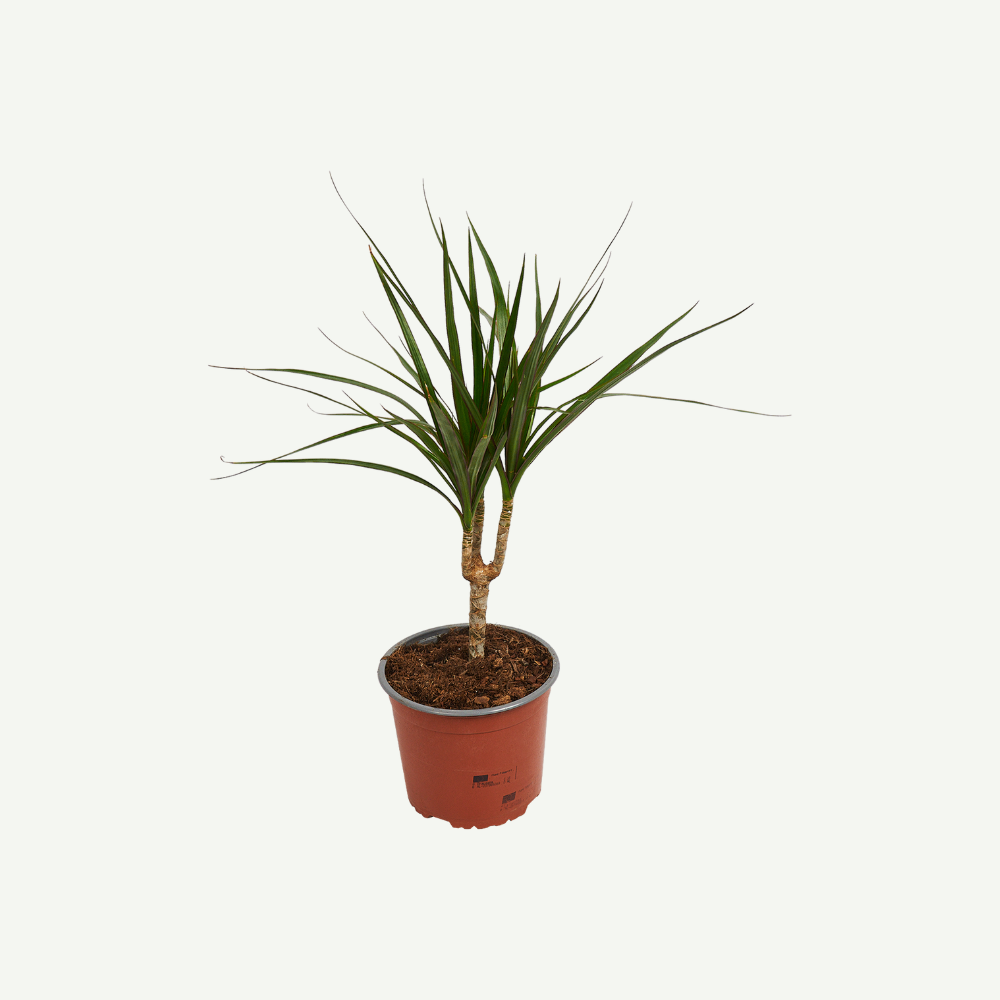
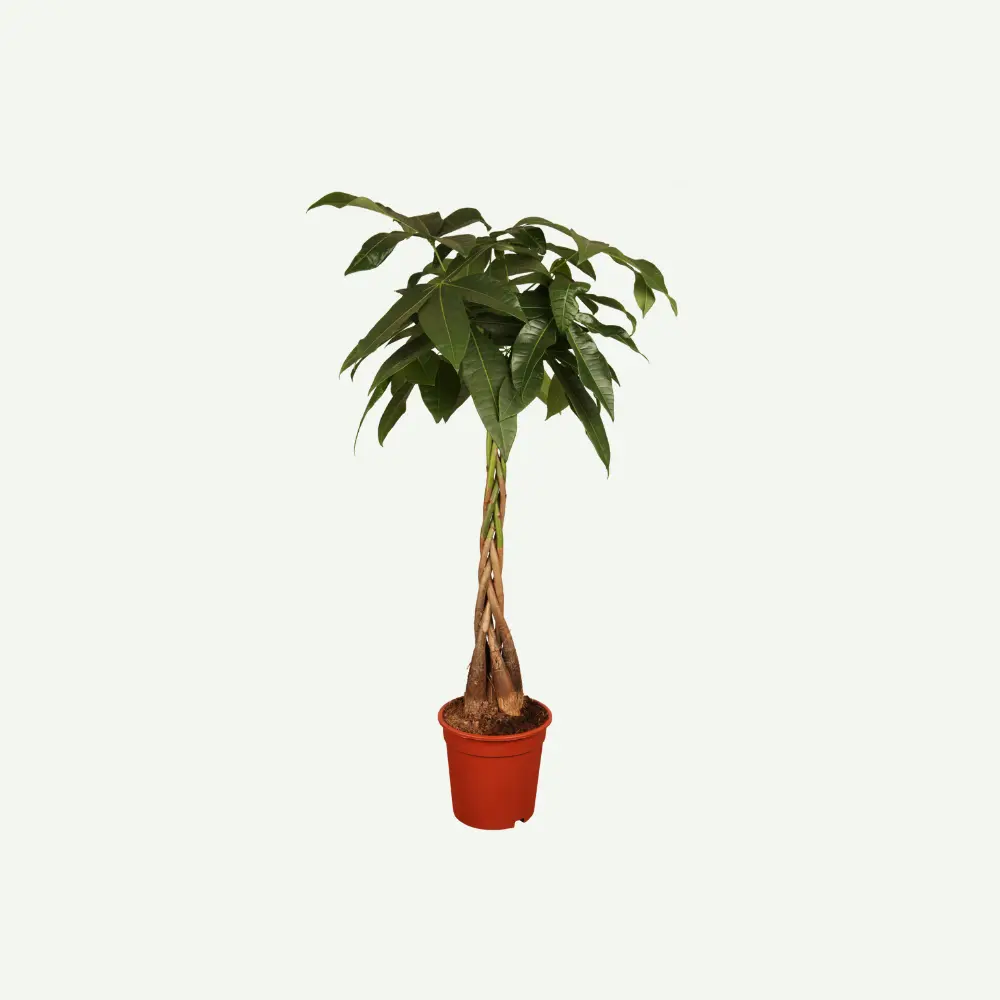
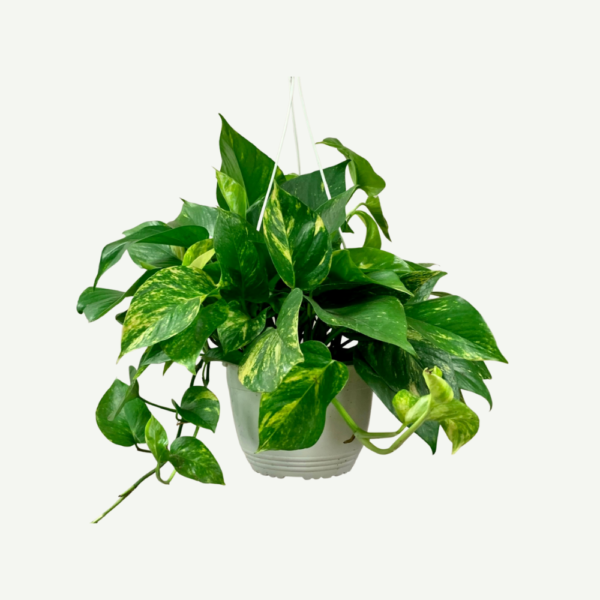
Reviews
There are no reviews yet.